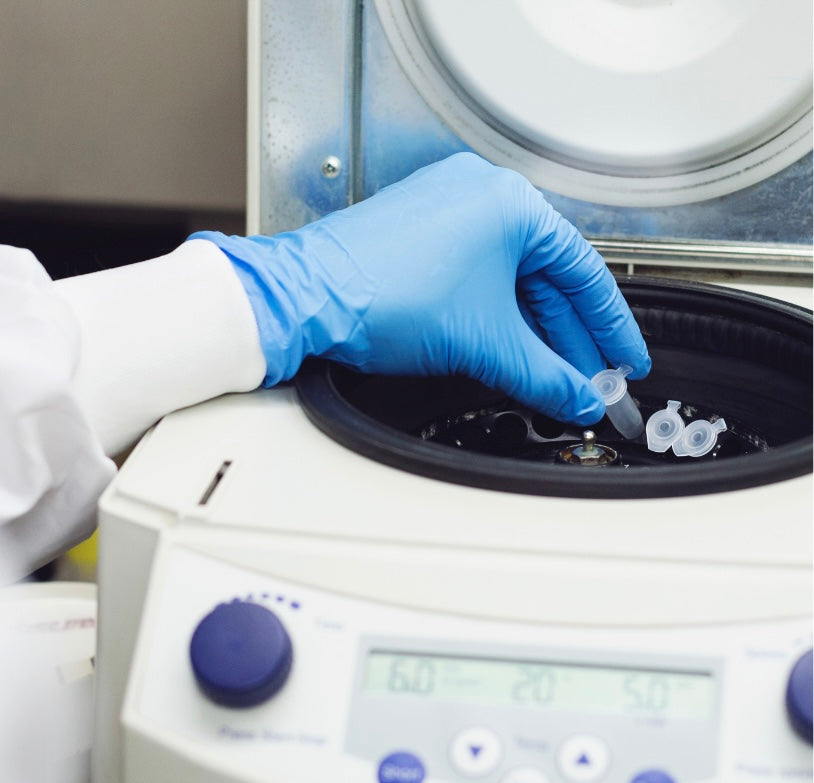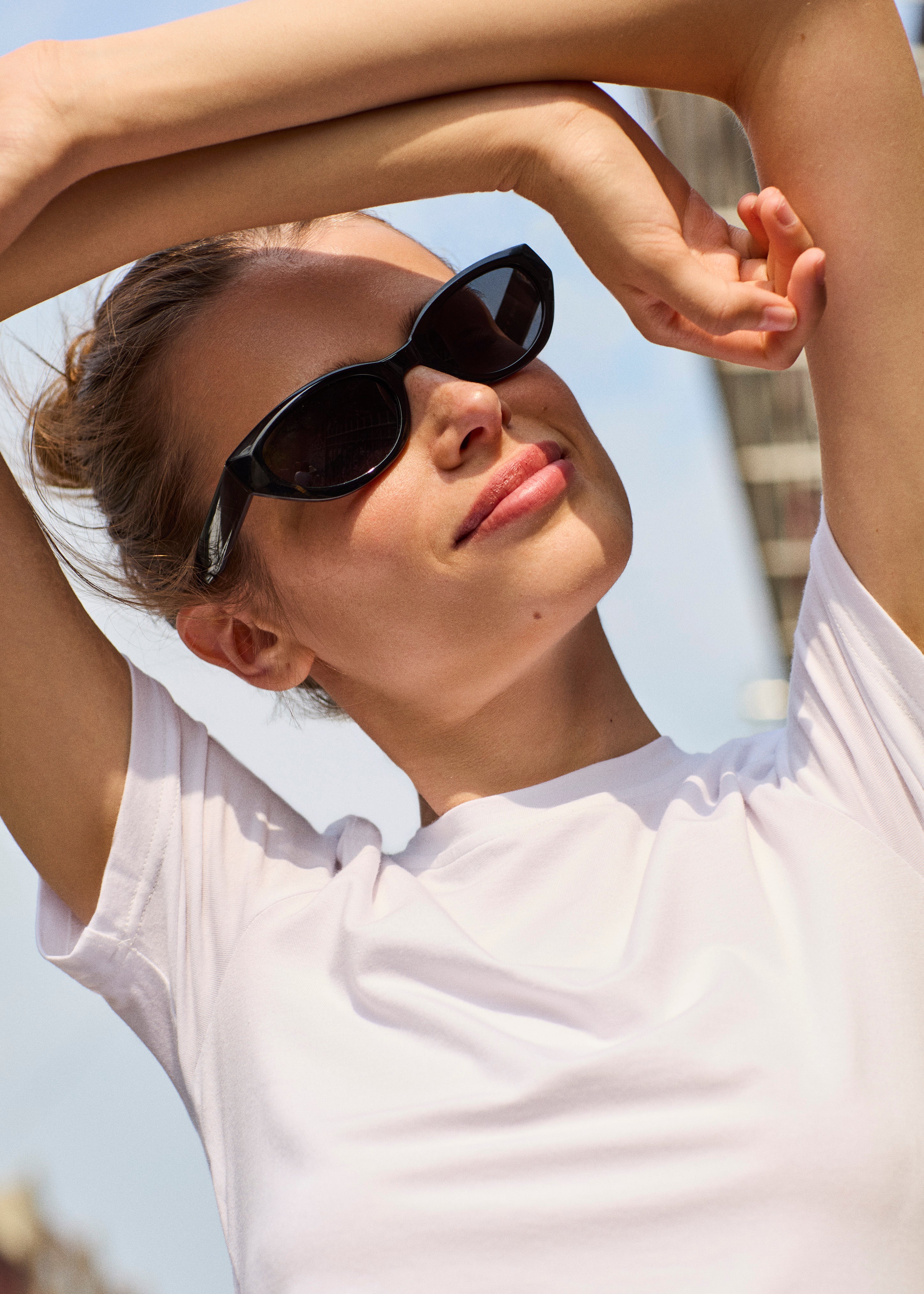Article: The Science Behind Sun-Protective Clothing: What Makes Fabric UPF Effective?

The Science Behind Sun-Protective Clothing: What Makes Fabric UPF Effective?
The Science Behind Sun-Protective Clothing: What Makes Fabric UPF Effective?
In the realm of sun protection, not all clothing is created equal. Understanding the key factors that determine a fabric’s protective capabilities can help you make informed choices for your skin’s health and longevity.
Scientific Testing: The AATCC 183 Standard
Every UPF claim must be validated through rigorous scientific testing. In the United States, the American Association of Textile Chemists and Colorists (AATCC) Test Method 183 serves as the gold standard. Independent laboratories use advanced spectroradiometers and artificial light sources to measure precisely how much UV radiation penetrates each fabric, ensuring every UPF rating is scientifically verified.
The Essential Elements of Sun-Safe Clothing
Color and Construction
The depth of a fabric’s color directly correlates to its protective properties. Dark and vibrant hues serve as powerful UV absorbers, creating a more effective barrier than lighter shades. Similarly, densely woven materials such as denim, canvas, and wool create a superior physical barrier against UV radiation compared to loosely woven fabrics.
Fabric Composition
The inherent properties of different materials significantly impact their protective capabilities. Unbleached cotton contains natural lignins that function as UV absorbers, while high-tech synthetic fabrics often include specialized UV-absorbing treatments. Lustrous materials like polyester and silk can reflect radiation effectively, adding another layer of protection.
Fit and Coverage
The way a garment sits on your body influences its protective capacity. Loose-fitting designs maintain optimal protection levels, while tight-fitting pieces can compromise effectiveness when stretched. Additionally, the extent of coverage plays a crucial role - longer sleeves and full-length designs naturally provide superior protection.
Environmental Factors
A fabric’s protective properties can be affected by various conditions. Stretching can reduce protection by separating fibers, while moisture can alter a fabric’s protective capabilities. These factors are considered during the AATCC 183 testing process to ensure reliable protection under various conditions.
Our commitment to sun protection
Our collection embodies those scientific principles, offering pieces with UPF40-50 protection that don't compromise on style nor comfort. From a design standpoint, we also offer different coverage dependinSome of our pieces such as our rash guard also offer additional protection with a collar and thumbholes. Each garment undergoes rigorous AATC183 testing to ensure reliable sun protection.



Leave a comment
This site is protected by hCaptcha and the hCaptcha Privacy Policy and Terms of Service apply.